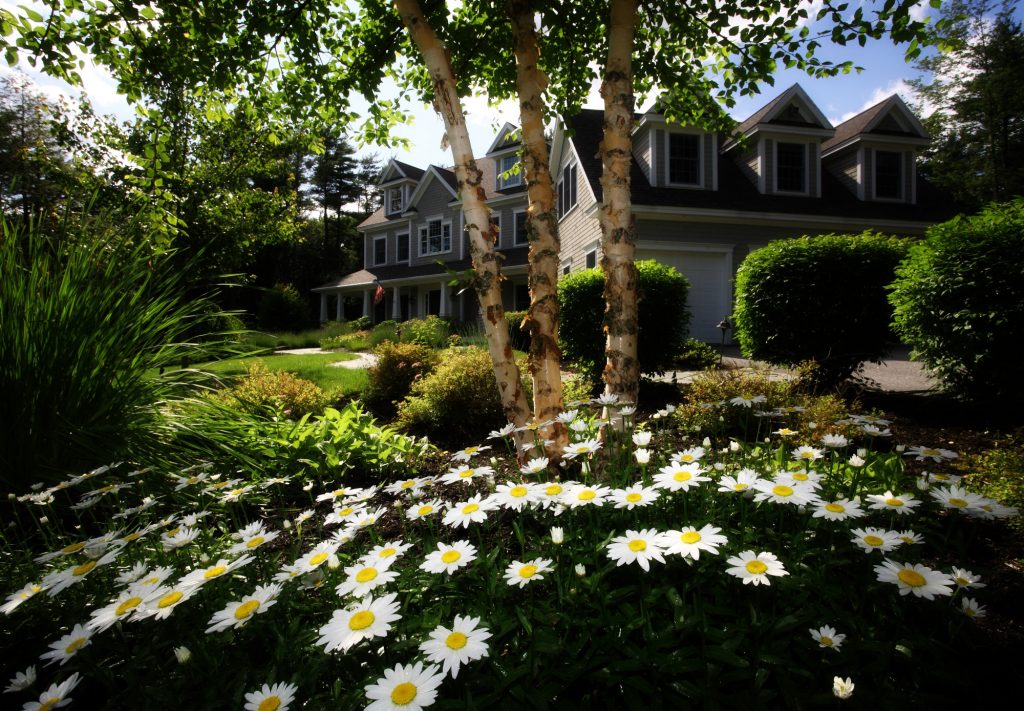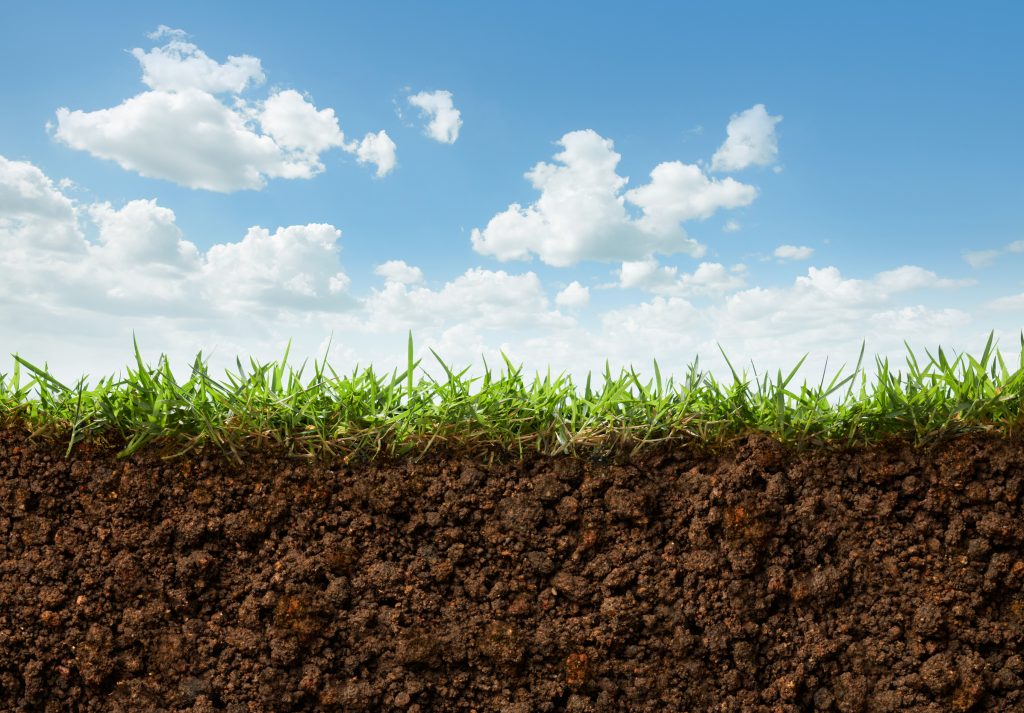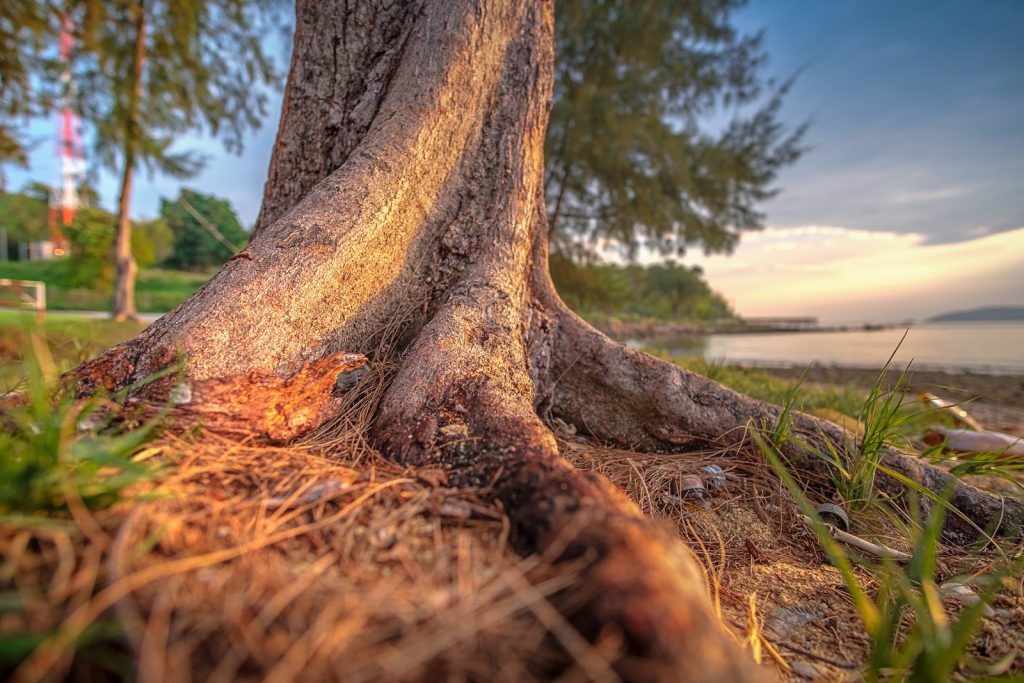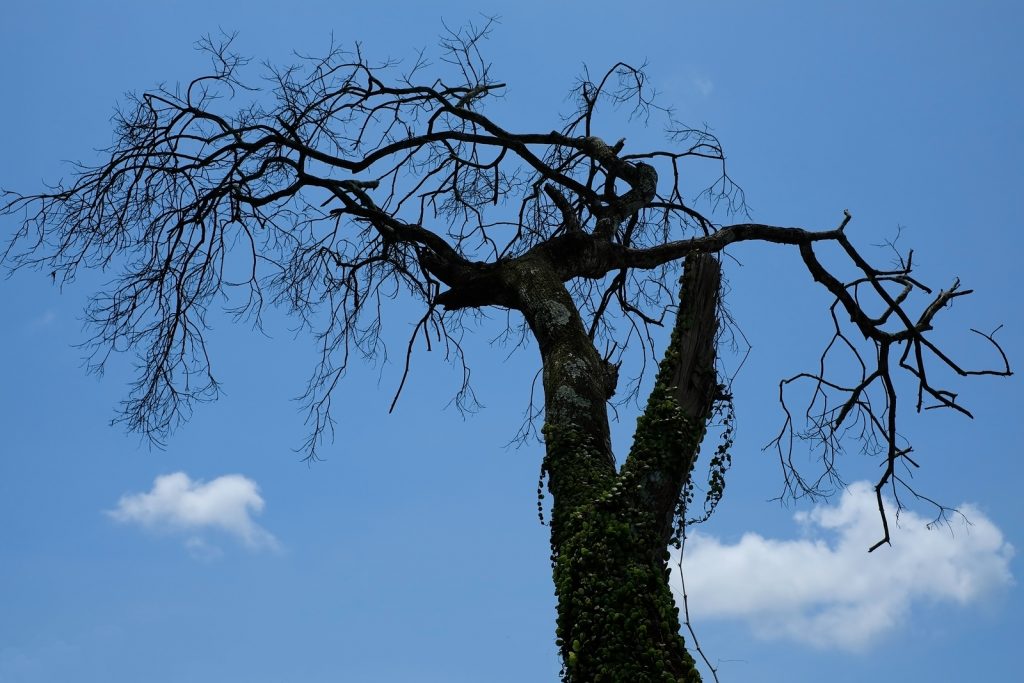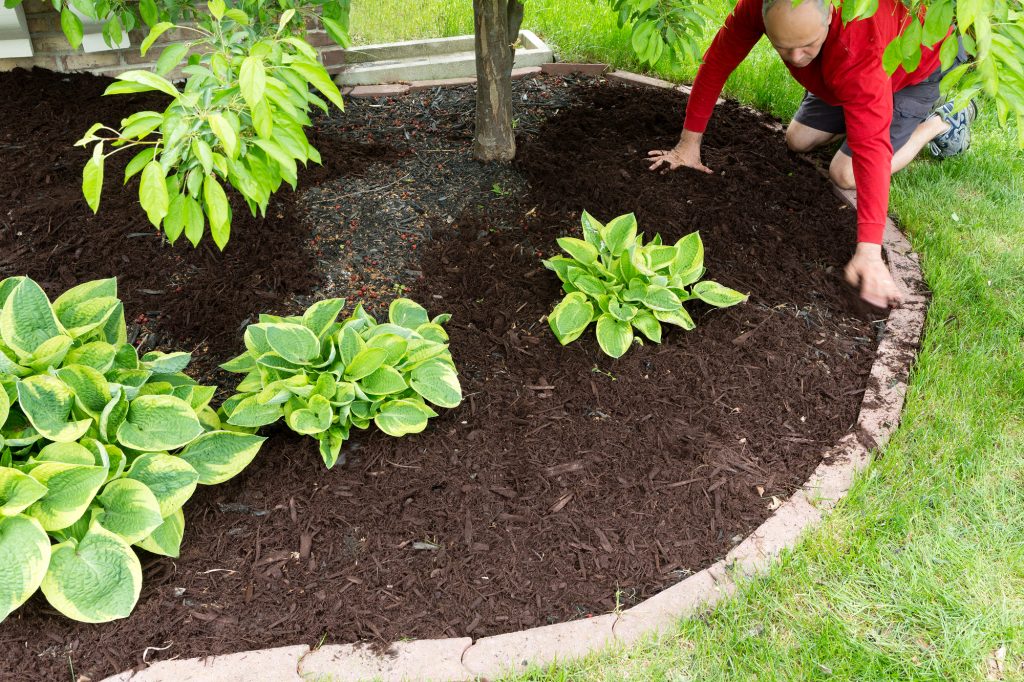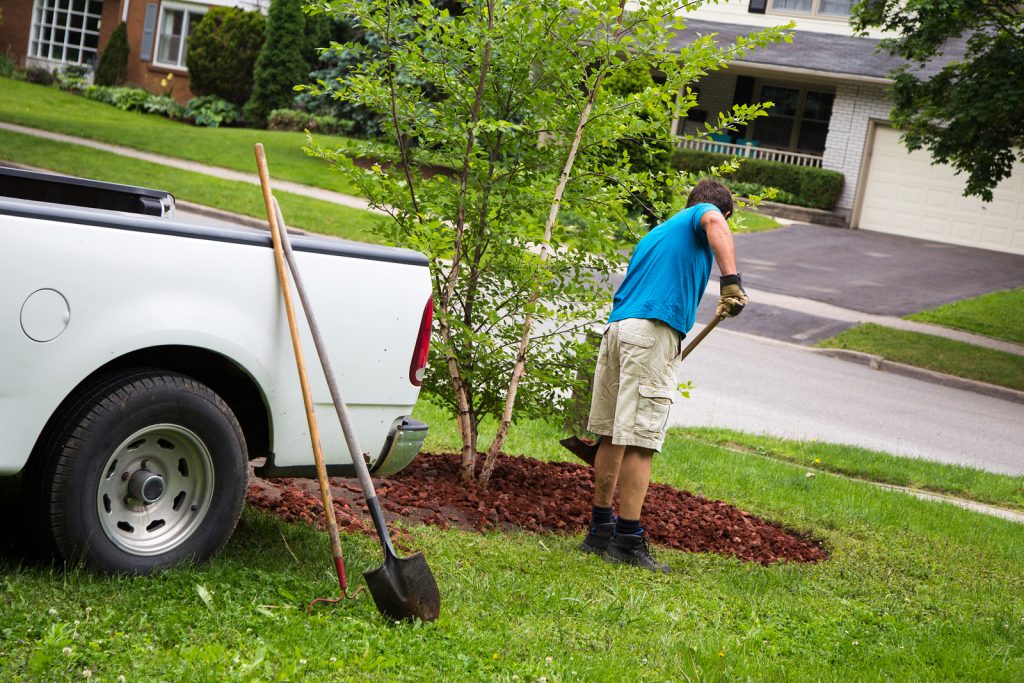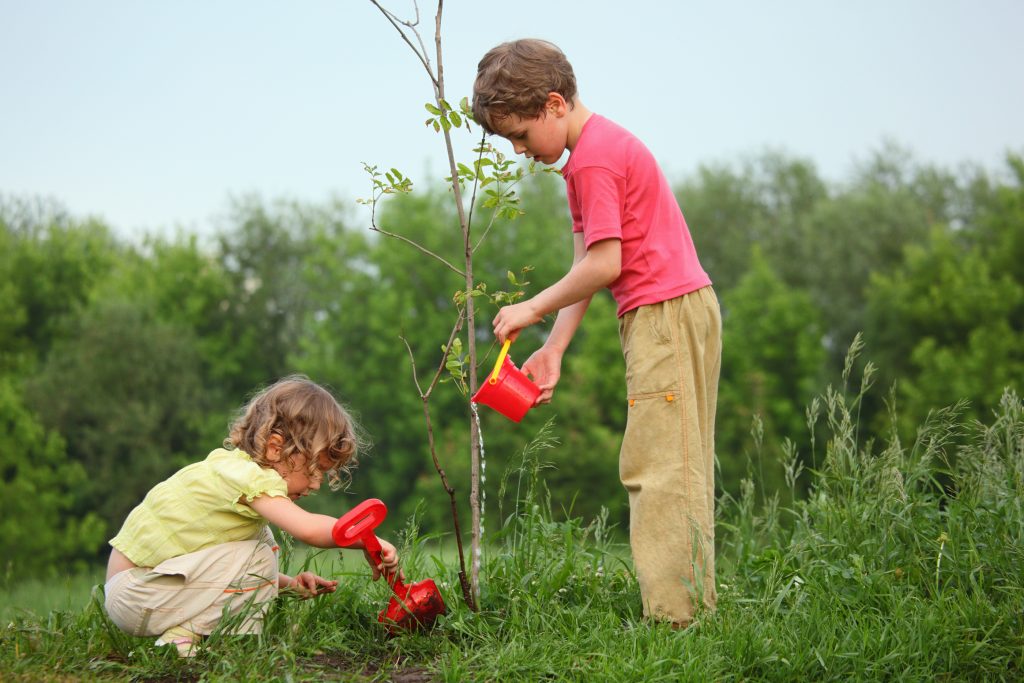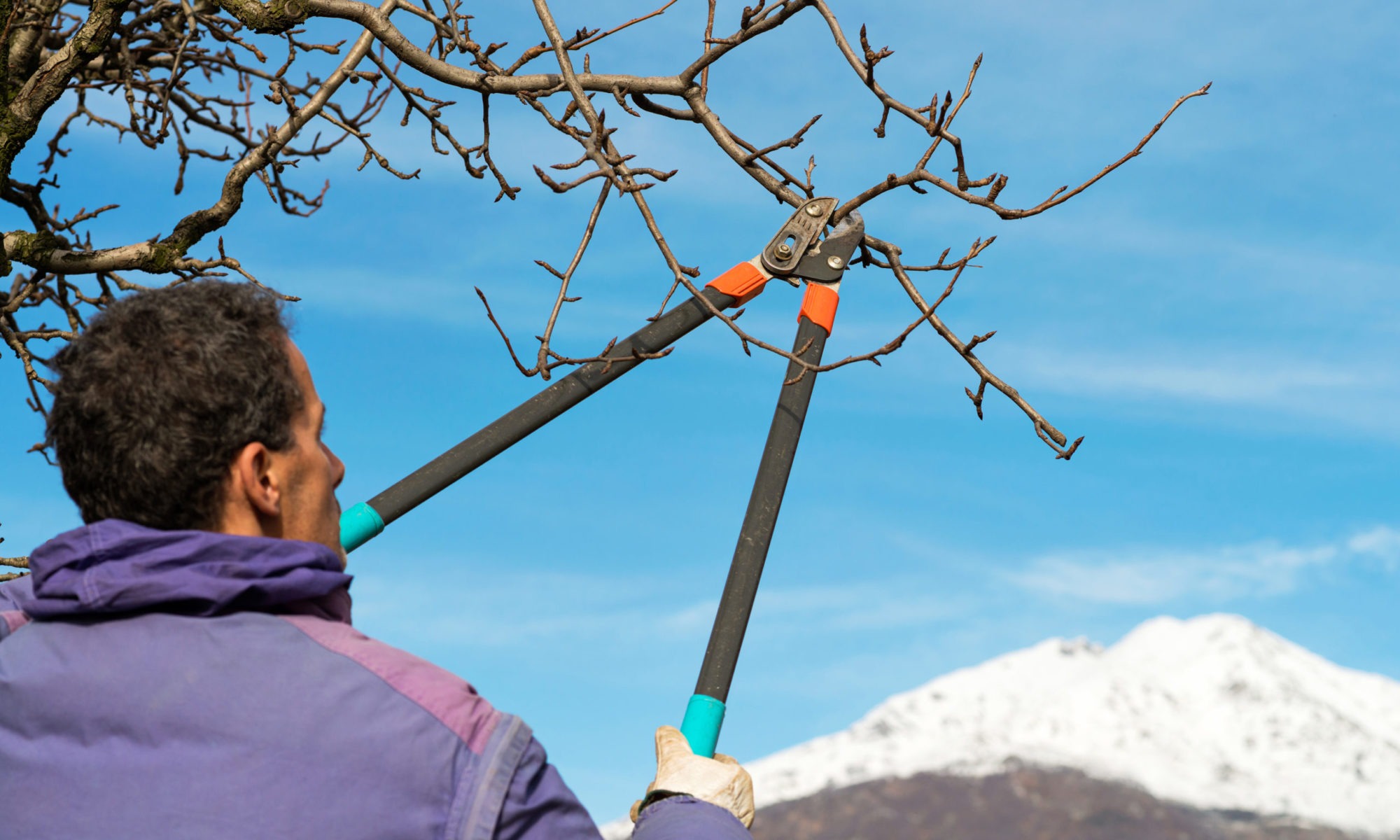All homeowners want their home to increase in value. In fact, no matter how long you plan to live in your home, you want it to increase in value as much as possible. You might be looking to make your home more appealing to a buyer, you want to make it the most valuable property you can for when you leave it to family. Maybe you want to use it as collateral for a loan. In any case, property value matters.
Healthy Trees
Perhaps everybody wants to have a shady spot. Children love to play in shade, adults love to lounge in it. This is one of the major offerings that healthy trees bring to the family, but not the only one. Trees can protect your outside areas from wind and provide shelter for more delicate plantings. They bring a harmony with nature to your property, allowing your home to “fit in” to the landscape more gracefully. And trees offer places for birds and other wildlife to live and raise their young.
Your shady space, your wind-protected cove, the benefits your trees bring to you: they need to be healthy to do this. Your family can’t enjoy the shade under a tree that’s threatening to drop branches. The look of your home is not improved by scraggly, sickly looking trees. Delicate plantings below a sick tree will suffer and be exposed to pathogens and parasites attracted by decay. No space is useful under damaged or dangerous trees.
It’s important to do everything in your power to keep existing trees healthy. A mature tree can have an appraised value of between $1,000 and $10,000, according to the Council of Tree and Landscape Appraisers. With multiple healthy trees, this can be significant when selling.
“The best time to plant a tree is twenty years ago. The second best time is now.” -Unknown
Useful Space
The value of your property is increased with the presence of useful outdoor space. Trees are one of the most attractive, functional ways to increase the usability of your landscape. Using existing trees and even incorporating new trees can help you create distinct areas, manage the wind and sun in those areas, and can even host a tree house or swing. All of this raises the value of your property.
Curb Appeal
“Curb Appeal” is the first impression your home makes when a guest pulls up. You must give attention to both home presence and landscaping to make the best presentation. Stand in the street across from your home. Do your trees look well maintained? Welcoming? Do the plants look inviting? Overgrown? Crowded? Bare? Keep the trees at the front of your house looking strong, full, healthy and your home will look better for it.
Maximize Property Values
The trees are already there. The key now is to foster their healthy growth. This could mean getting nutrient injections, having sickly trees removed, pruning trees, mulching, or any number of things. Have our Certified Arborist guide you towards what your trees need to bring them to their best possible health and beauty.
 Bringing Sexy Back Into Your Yards
Bringing Sexy Back Into Your Yards 
